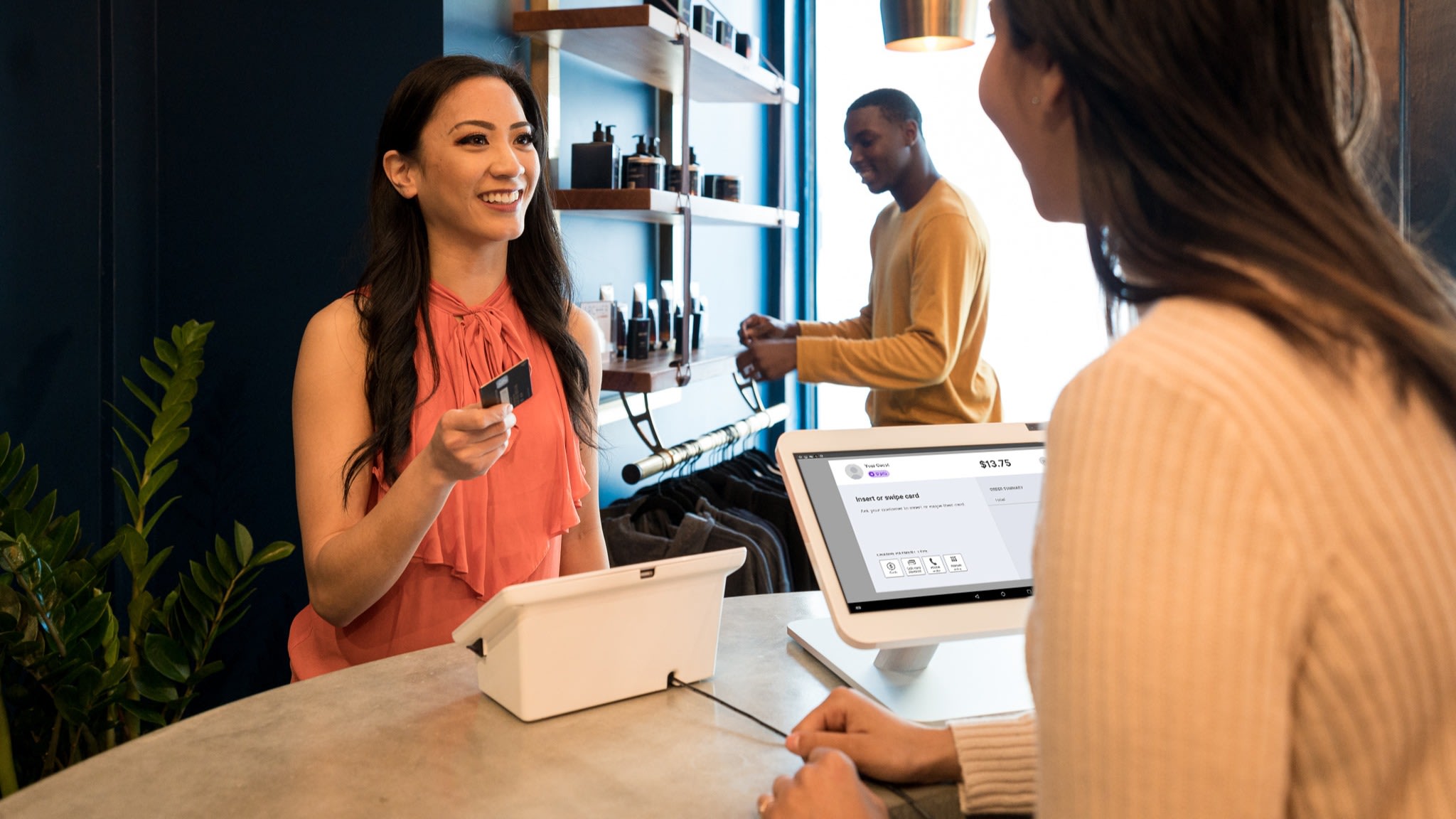
Top 3 Metrics to Evaluate Your Loyalty Program
How the Pandemic Transformed Commerce
When the pandemic hit in 2020, there was an unprecedented destruction of company value. The Dow Jones Industrial Average lost 30% of its value from February 12 to March 16, 2020. Investors wondered whether the world economy would grind to a halt. However, in the subsequent months, we saw the resilience of the world economy and its businesses.
Companies adapted to the “new normal” and discovered new ways to stay connected with customers. While many retail and hospitality companies struggled to handle declines in store visits, companies like Best Buy, Nike, Starbucks, and Domino’s realized that their loyalty programs were their secret weapons.
These companies pivoted to direct, 1:1 digital communication with their customers via their loyalty programs and reinvented their businesses. They shifted to e-commerce and online ordering and invented new hybrid experiences like in-store appointments.
So, how do you know if your company has a successful loyalty program that can withstand titanic changes in consumer habits?
Here are 3 key metrics with specific benchmarks to help you evaluate the strength of your current program or any new program that you’re launching.
Metric #1: Sign-Ups
The first metric to evaluate your customer loyalty program is signups. With customer loyalty programs, “bigger” is almost always better, especially if each member has opted in to receive direct digital communications from your brand. But how many customer signups do you need to consider your program a success?
Starbucks Rewards reported in its Q2 2022 earnings report that it had achieved 27 million active memberships. Across 15,400 stores in the US, that’s roughly 255 active members per store. If 50% of Starbucks Rewards members are active, that means Starbucks is achieving around 500 new loyalty program sign-ups per year, per store. That means big business.
Over the last 10 years, Fivestars by SumUp has launched tens of thousands of loyalty programs for retail and hospitality businesses. Our sign-up process is phone number-driven, which is the methodology that typically builds the biggest customer database. Our median merchant signs up 1,000 customers in their first year to their loyalty program, with our average merchant having over 3,000 customers in their program, and our best merchants having over 10,000.
Bottom line: if you have 1,000+ sign-ups per store in a retail or hospitality environment you’re likely doing well. If you have over 10,000, you’re in the top 1%.
Metric #2: Loyalty Revenue Rate
The next metric to evaluate the strength of your loyalty program is something we call the “Loyalty Revenue Rate”. This is the percentage of your revenue influenced by loyalty program members. Starbucks reported a loyalty rate of 54% in Q2 2022.
At Fivestars by SumUp, we see a loyalty revenue rate of 63% for our merchants using our integrated loyalty and payments solution. The loyalty revenue rate is influenced by sign-ups, particularly of your most loyal and regular customers, who typically drive outsized influence on your revenue.
However, grocery stores and drug stores that use phone number-based sign-up processes for their loyalty programs may have the best loyalty revenue rates. In fact, 70 to 90% loyalty revenue rates are common in grocery store loyalty programs like Safeway.
Metric #3: Lift in Customer Lifetime Value
Ultimately, significant signups and strong loyalty rate will mean nothing if your loyalty program is not influencing customers to come back more frequently and to spend more per transaction. As a result, the final important metric for a loyalty program is the lift in Customer Lifetime Value. Customer Lifetime Value (CLTV) refers to the spend of a customer over a specific time frame.
Consider the CLTV over the first year of a customer’s relationship with your store. If your typical customer comes in 10 times in their first year and spends $10 per visit, their Customer Lifetime Value is $100. But if your loyalty program can get customers to come 15 times and spend $12 per visit, your new Customer Lifetime Value would be $180, and your lift in Customer Lifetime Value would be 80%.
But what’s a “good” lift? Starbucks has reported that Starbucks members visit at 3x frequency compared to non-members. While there certainly is some selection bias in this comparison, it’s not uncommon to see a doubling of Customer Lifetime Value from loyalty program participation. This is pretty standard for merchants using Fivestars by SumUp.
So how would you measure this lift? The easiest way is to build a “control” group of people not participating in your loyalty program or even a control group within your loyalty program that you’re not engaging actively with digital communications.
Conclusion: The Future is Customer-Led Growth
At Fivestars by SumUp, we think the future is building direct relationships with customers, so you can stay connected regardless of the direction our economy takes.
The most logical way to do this is to build a compelling and attractive customer loyalty program. When you do this, make sure you measure your signups, loyalty revenue rate, and lift in Customer Lifetime Value against the best programs out there. If you manage to build a program that measures up well, you could very well have created a growth platform that makes you one of the winners in the rapidly evolving global economy.
Start growing your customer base
Read to learn how Fivestars by SumUp can help your business market more efficiently and grow with ease? Whether you need a reliable way to track loyalty, an easier way to market, or a convenient way to take payments while growing your database, we can help.
